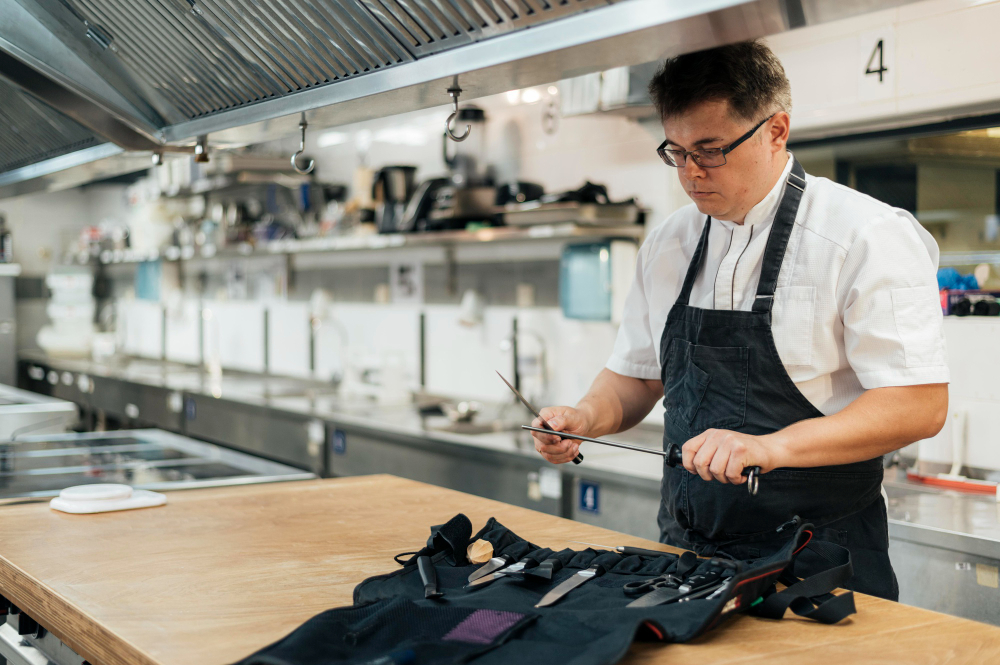Your kitchen knives may be the one tool you use most frequently when cooking, but that doesn’t mean they’ll last forever if you don’t take care of them properly. In fact, neglected knives are more likely to snap or warp due to the pressure and heat they experience during regular use.
They also run the risk of becoming dull much faster than a well-maintained set of blades. Keep your kitchen knives in good condition by following these five tips to extend the life of your knives.
Dry Your Knives Immediately After Use
The heat and pressure that occurs when using knives can cause them to warp or snap if they’re not dried properly. In the same way that you would dry a dishrag after using it, you should be sure to dry your knife thoroughly and in a timely manner.
Store Your Knives Properly
The important thing you can do to maintain your knives is store them properly. This will protect them from any damage and ensure they’re within reach when you need them. A good way to store your knives is in a wooden knife block or magnetic strip with a cover.
The cover will keep the blades sharp, and the wood or metal surface will protect the blade from any potential damage. Magnetic strips are also preferable for ease of access: all you have to do is pull the knife out.
Sharpen With A Sharpening Stone
Using a stone knife sharpener is an effective way to sharpen your knives without any hassle. Start by wetting the sharpening stone and then applying lubricating oil.
Once the surface of the stone is moistened, lay your knife on it and use slow, even strokes to create a long blade edge. The final step in the process is to polish your knife with a dry cloth or towel.
Use The Right Cutting Techniques
When using the right cutting techniques, you’ll be less likely to apply stress on individual blades. For example, if you were to chop a tomato with a rocking motion—rather than slicing it with a downward motion—you would be more likely to damage your knife. The same is true for when you need to slice meat.
Always remember to use a slicing technique when possible. Consider using a serrated knife for tasks like separating chicken from the bone and use the right cutting technique for each task.
Conclusion
Maintaining your kitchen knives doesn’t have to be a chore. With the right information, it’s easy to maintain your knives and ensure they stay sharp. A sharp knife is safer to use and will save you time in the kitchen. Follow these four easy steps and you’ll be well on your way to a knife set that will serve you for years.

